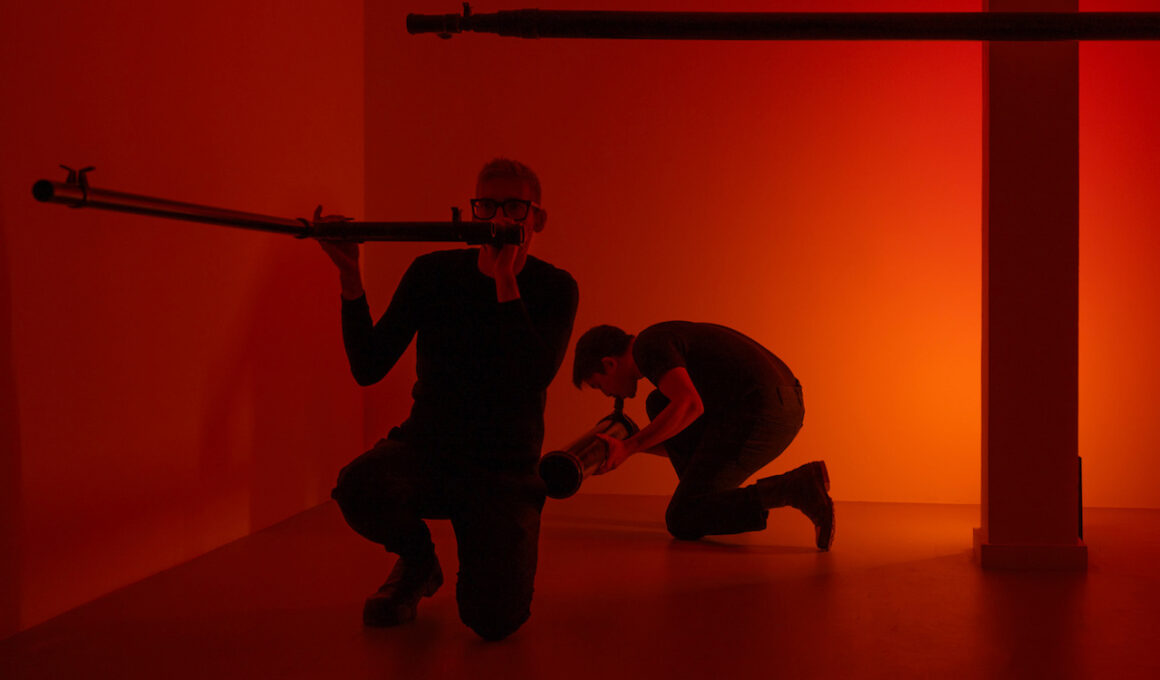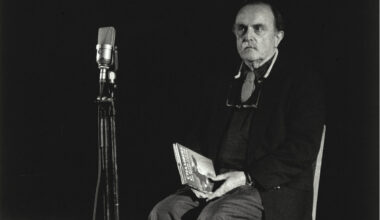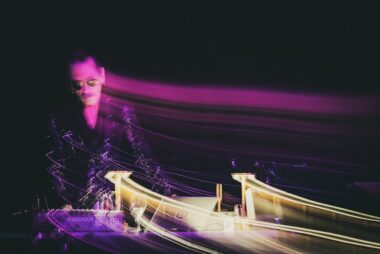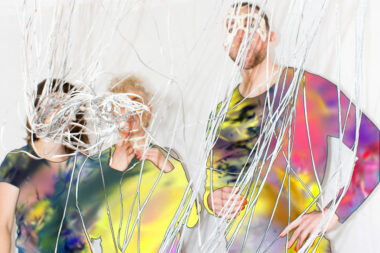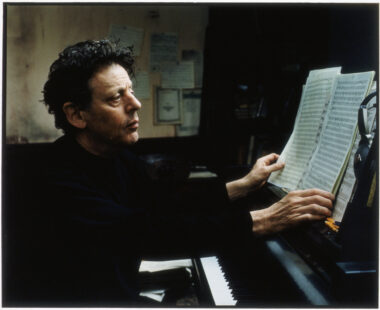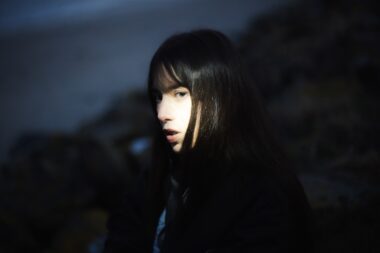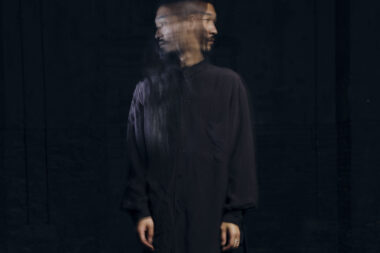With Often enough I tried language, often enough I tried song, but they didn’t hear you in HAUNT / frontviews and in the Galiläa church, Dystopia Biennial 2024 presents sound art from Europe and the Indian subcontinent.
Organised by Errant Sound and this year under the artistic direction of Nida Ghouse and Georg Klein, the festival comprises a range of sound-based practices including installations, performances, and site-specific projects. From 20—29 September at KUNSTRAUM Potsdamer Straße, students in the sound studies and sonic arts master’s programme at the Berlin University of the Arts will also be represented at the Biennial for the first time.
In the live events program, Heyse ip/regiment proposes a site-specific sonic and sculptural intervention that responds to the piping structures found within the space of HAUNT/frontviews. In the Galiläa church, Zeerak Ahmed, aka Slowspin, presents her distinct sound practice, which is rooted in Hindustani classical vocal traditions, dream-folk, ambient, and experimental electronic music. Performing an acoustic autopsy of the Indian state radio channel, Hemant Sreekumar dissects the radioscape to reveal the underlying ideological constructs of a utopian discourse.
Nakul Krishnamurthy, Maarten Visser, and Jeremy Woodruff use multiple prepared tamburas, electronics, and saxophones to create prismatic psychoacoustic effects within the unique acoustic environment of the newly renovated Galiläa church. Performing with instruments and sound objects within a musical/social installation, the böseblick ensemble seeks to channel empathy through sound art by exploring the prevailing dystopian times and individual reflections. On the final day of the festival, REProduce Listening Room invites the audience to a five-hour immersive experience, during which up to eight different performances will unfold.
Rupert Enticknap takes the participants to the Tiergarten for a ‘sound picnic,’ conceived as a gesture to share an archive through storytelling, listening, myth, taste, smell, and rest.
In resonance with the artworks, the symposium Sonic Futurisms, curated by Budhaditya Chattopadhyay in the interim space of Errant Sound at Miss Read in Wedding, explores the concept of futurism in relation to sound practices and ideas from South Asia that influenced Western art and music.
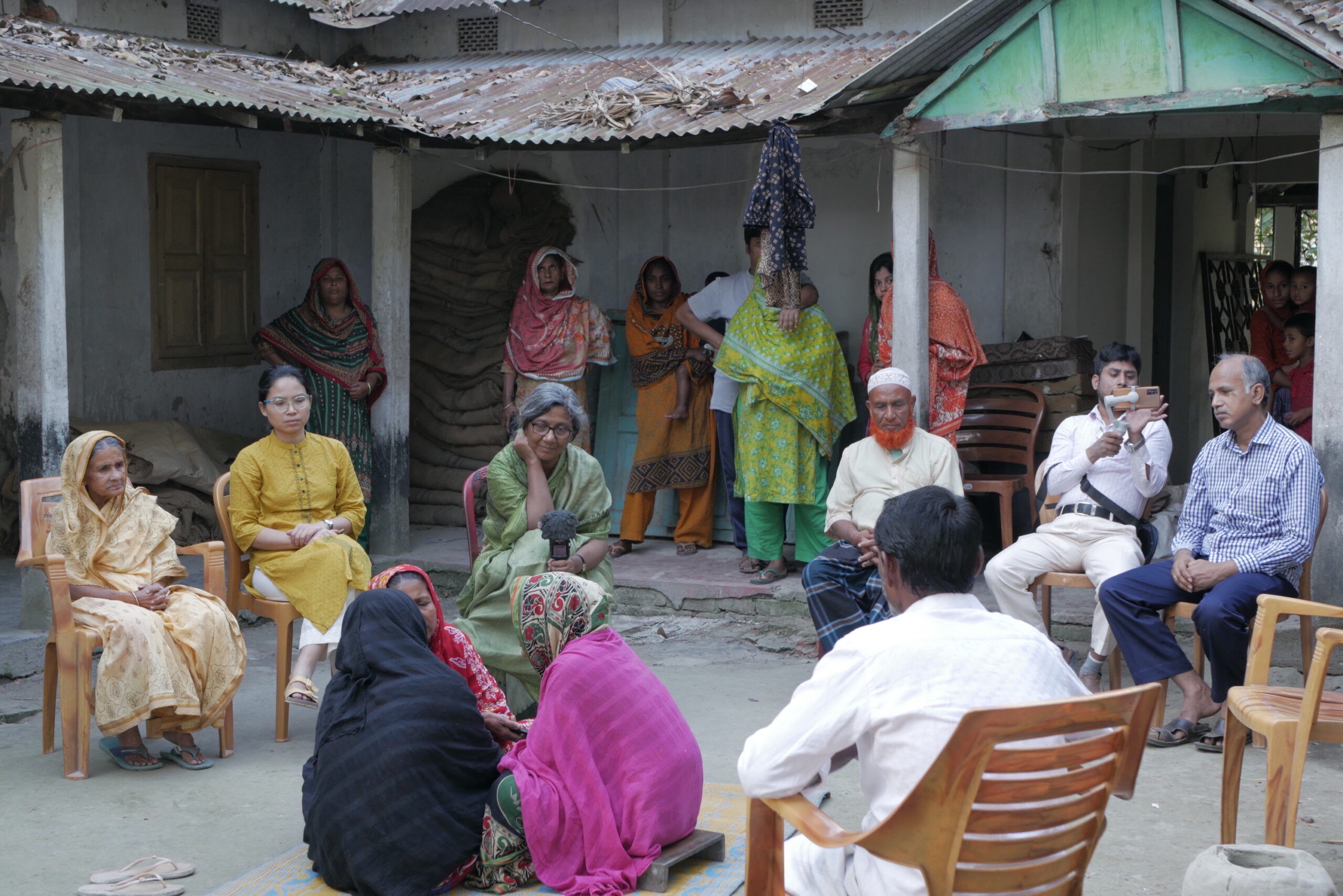
During the symposium, a performance by Moushumi Bhowmik uses Keramat Ali’s voice—a prisoner of war from Mymensingh in former Bengal—recorded in 1918 at the Halbmond prison camp in Wünsdorf and now preserved in the Humboldt University Sound Archive, as a starting point. In her lecture-performance, Suvani Suri questions how the act of listening can activate and materialize the unrecorded and inaudible traces in an archive. Alifiyah Imani’s installation reminds us that everything is in a perpetual state of flux, drawing on the tension of unresolved processes in entropy.
